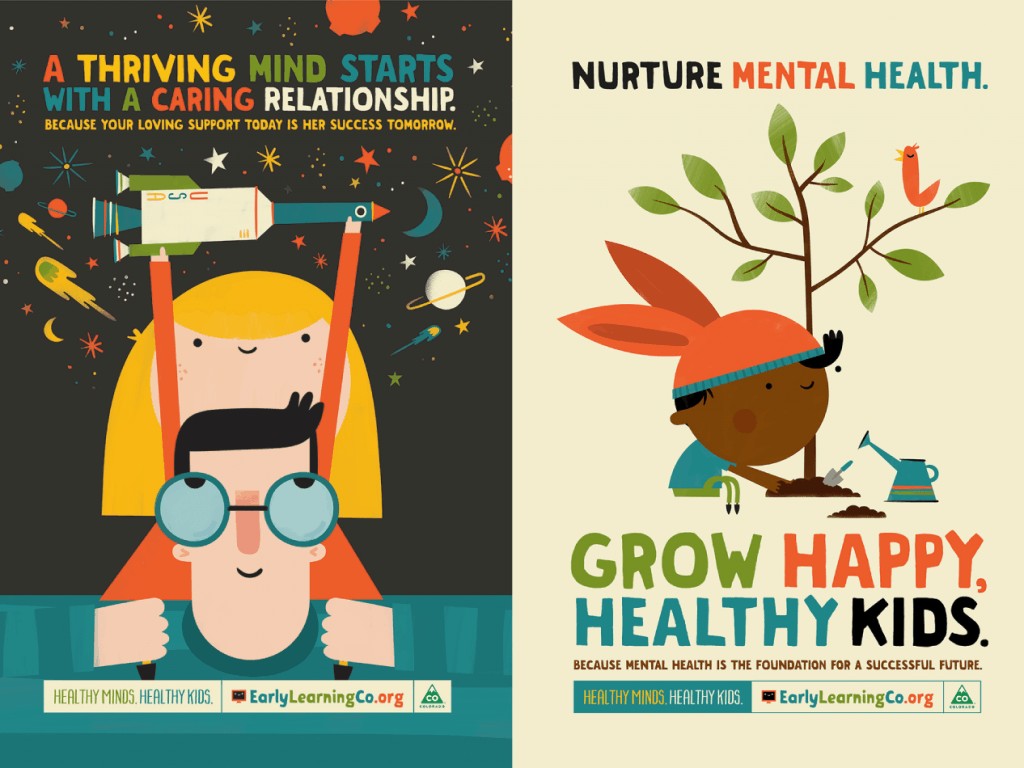
We decided to go to remote work on a Sunday. By Monday morning, we were moving our computers home for what we thought would be a couple of weeks. We subscribed to Zoom, turned dining room tables into desks, and settled in for what seemed like a bit of an adventure.
At the end of our first full week working from home, I emailed our team: “Given what we’re hearing, we may be doing this for a couple, or even several more weeks.”
That was 53 weeks ago – and counting.
Over the past year, many of us found ourselves navigating our organizations through uncharted waters. Today, we are leading our companies toward an only somewhat familiar shoreline as the end of the pandemic looms on the horizon.
But how much of what we return to will be like things once were? How much of it will require new ways of working, managing, and creating? And what is needed from us as leaders to support and prepare our employees to re-enter the non-virtual workplace?
Before the pandemic, we thought of our agency as a relatively open and yet structured workplace. Team members could work remotely when needed, but our time was concentrated in a collaborative shared office during typical business hours.
COVID threw our carefully constructed balancing game into the air.
Our team quickly adapted to remote work. We invested in our coworkers buying what they needed to make their home workspaces functional and comfortable. We initiated an Employee Assistance Program to provide support for staff. We mitigated the fear of the unknown by accelerating communication, transparency, and openness. We let our office lease expire, with no plans to get any new space until mid-to late-2021.
Some articles have noted things that have suffered in the workplace during the pandemic – like creativity, collaboration, and culture. We have experienced some of those challenges and more.
How do you stay connected to your network when you can’t get together in person? How do you lead when you can’t, as neuroscientist Nicole Gravagna put it, purposefully walk into a room, or channel the same sense of command from a two-square-inch box in a Zoom grid?
Good leaders, Gravagna says, “guide everyone’s emotional experience… It’s much harder to change the way that everybody feels through a digital experience.”
The past year has been remarkably disruptive – but may end up creating new, unforeseen opportunities for how we work, share, collaborate and create. Leaders need to acknowledge this liminal experience as we consider how to lead our teams back into the non-virtual workplace.
In this recent HBR article, authors Laura Empson and Jennifer Howard-Grenville say:
“For organizations and individuals, the pandemic has represented a prolonged time of trial — what cultural anthropologists call a liminal experience. The term was originally used to describe a cultural rite of passage: Young members of a tribe were tested to their limits, both physically and mentally, to prepare them for the transition to adulthood. It’s a concept that can also be applied to significant transitions in our organizational lives, including those brought about by the current pandemic.”
The authors describe liminality as “an ‘in-between’ time, when perspectives shift, old certainties are challenged, and new ideas emerge.” Empson and Howard-Grenville illustrate how leaders and workers are “questioning aspects of their working lives and their organization that they previously took for granted. They are being challenged and changed in ways they may have not fully processed.”
A liminal experience, the authors say, has three core characteristics:
- “First, it involves a forced and prolonged separation from typical ways of being and doing — a physically and emotionally challenging dislocation from familiar roles and structures. So many of us have experienced this during the pandemic.”
- “Second, although a liminal experience involves a prolonged break from the familiar, it does not fully replace it. It is both disturbingly different and confusingly similar. In the pandemic, organizations and their people proved that they could continue to provide ‘normal service,’ while using radically different means to collaborate and deliver.”
- “Third, when the liminal experience comes to an end, those who have survived return transformed. When we finally emerge from our time of trial, we will have been changed in lasting ways we may not yet fully understand.”
Empson and Howard-Grenville describe steps that leaders can take to prepare their organizations to emerge stronger in the post-pandemic world:
- “Emerge gradually. Emerging from a profoundly disruptive experience takes time. Employees need opportunities to integrate and reflect as they begin to adjust their work practices post-pandemic. After all, unlike a young adult returning to the tribe after a time of trial, there is no ‘normal’ culture to return to. You will need to rebuild it collectively.”
- “Identify what to retain and what to discard. It will be important to retain some long-established cultural practices and beliefs, institutionalize others developed in response to the crisis, and discard those no longer fit for purpose. So, you need to identify which is which.”
- “Don’t lose the liminal altogether. Liminal experiences are incredibly potent for cultural reinvention. When we all return to more typical ways of working, we should remember that it’s possible to create temporary liminal experiences within our organizations that enable us to step away, reflect, and play with possibility.”
Whether your company plans to return to an office full- or part-time or intends to stay remote for the foreseeable future, honoring our liminal experience will help us to be more compassionate and prepared leaders.

About the Author:
Susan Morrisey (she/her), CEO and a Principal of SE2, drives transformative work on issues that shape lives and communities. With roots in government and nonprofits, she brings a passion for simplifying complexity and amplifying meaningful messages.
For over two decades, Susan has championed efforts like reducing tobacco addiction, blending rigorous research with bold strategies. Her leadership keeps SE2 focused on purpose-driven challenges, inspiring innovative solutions that create lasting impact.





